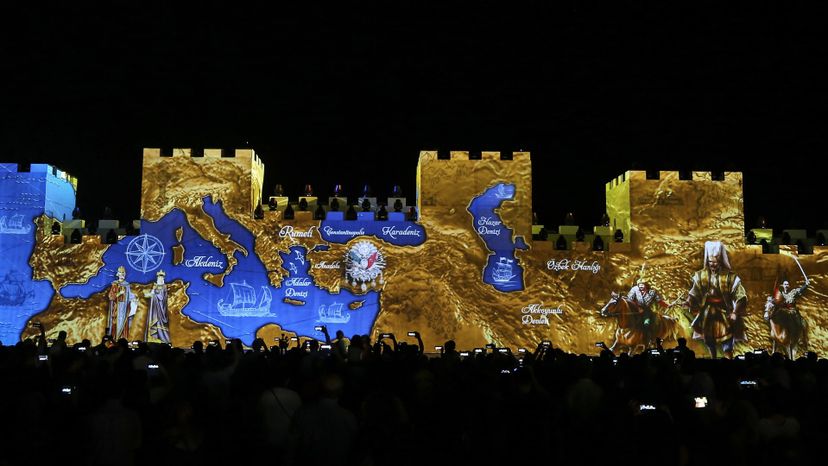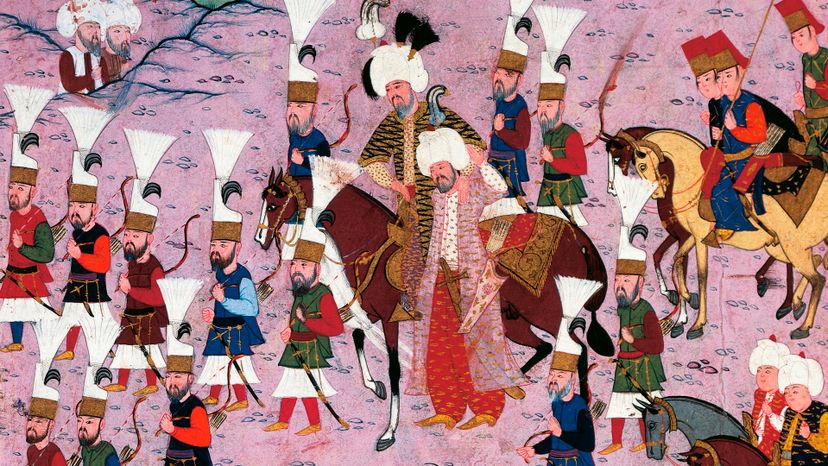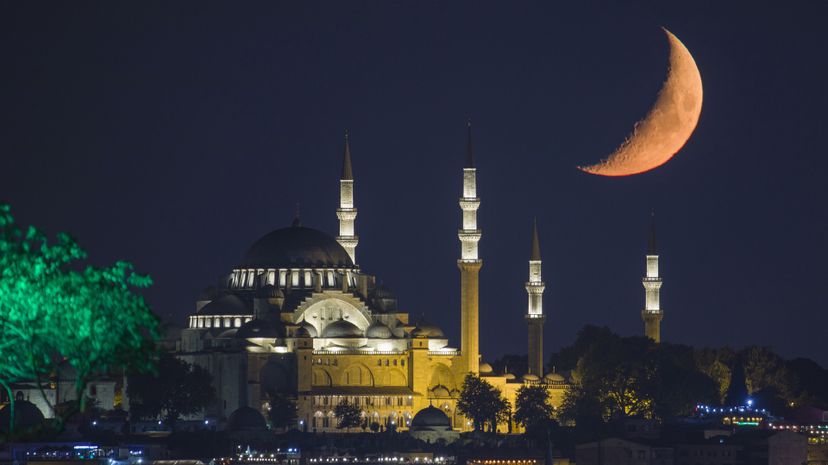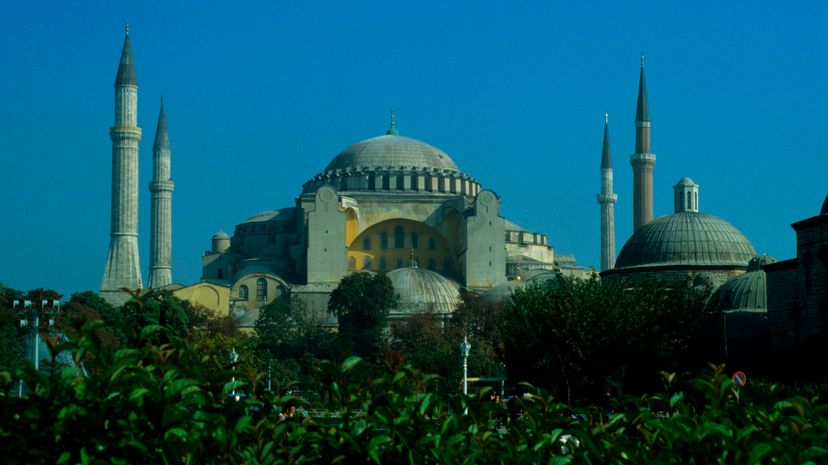
In his 1915 travelogue, "Constantinople and Istanbul Old and New," H.G. Dwight writes, "Constantinople is a compromise, therefore, and not always a successful one, between north and south." In this instance, Dwight speaks of the jarring weather in the city, which blends the climate of regions to the north and south.
Yet, his statement also serves as an apt representation of the history of Constantinople (presently known as Istanbul), which is a city that stands as a centuries-long compromise — a melting pot — of peoples, religions and cultures.
Advertisement
From the Greeks to the Romans
Way back in the time before the common era (C.E.), Constantinople was the ancient capital of the Byzantine empire, though it was known at the time as Byzantium. Byzas the Megarian gave the region its name in 700 B.C.E., and a small settlement of Greeks lived there until 300 B.C.E.
In 330 C.E., Roman emperor Constantine I declared Byzantium to be the 'New Rome.' The settlement transformed into the major center of Constantinople, named after its new Roman conqueror. The ancient Byzantium thrived under Roman rule for more than 1,000 years, even as other parts of the Roman Empire collapsed.
"Constantinople was the capital of the Eastern Roman Empire. It moved from Rome in the 4th-5th centuries of the Common Era (C.E.). That was the formal foundation of the city [under] Emperor Constantine," says Cornell Fleischer. Fleischer is the Kanunî Süleyman professor of Ottoman and modern Turkish studies in Near Eastern languages and civilizations at The University of Chicago.
According to Fleischer, Venetian rulers attempted to conquer the city through a Christian crusade, and were briefly successful, ruling over the area from 1204-1260 C.E. But, otherwise, the empire remained in the hands of the Romans, serving as the empire's central seat of power until the Ottoman conquest in 1453.
The Ottoman Conquest
But how did Constantinople fall into the hands of the Ottoman Empire? According to Fleischer, the Ottoman "polity" was one of many principalities in the Balkans and northwestern Anatolia (also known as Asia Minor, in what is modern-day Turkey).
"The Ottoman principality was the one that was the closest — the closest in a number of senses — to Constantinople, to the center of empire. And conquest of the city had been a dream of sorts for a very long time," says Fleischer. "Indeed, there are traditions of the Prophet Muhammad that referred to the conquest of the city — the conquest of Rome — as one of the events that will usher in the culmination of the end of history or the end of times, whatever that might be."

There had been numerous attempted sieges of Constantinople starting in the late 1300s, but none had succeeded. But, finally, Sultan Mehmed II toppled the city after a 55-day siege. His army bombarded the city's defenses by both land and sea until the seat of the Byzantine Empire crumbled May 29, 1453.
Beyond Constantinople, the Ottomans had been steadily expanding their empire for decades, becoming a major world player in the process. "And the Ottomans had been pressing for several decades, and they had taken imperial territories in what had been the Balkans in particular — former Yugoslavia, Bulgaria, Greece. These areas were the cradle of what became the Ottoman empire."
Recent docudramas, such as "Rise of the Empires: Ottoman" on Netflix, have popularized this period of conquest for modern audiences.
Advertisement


